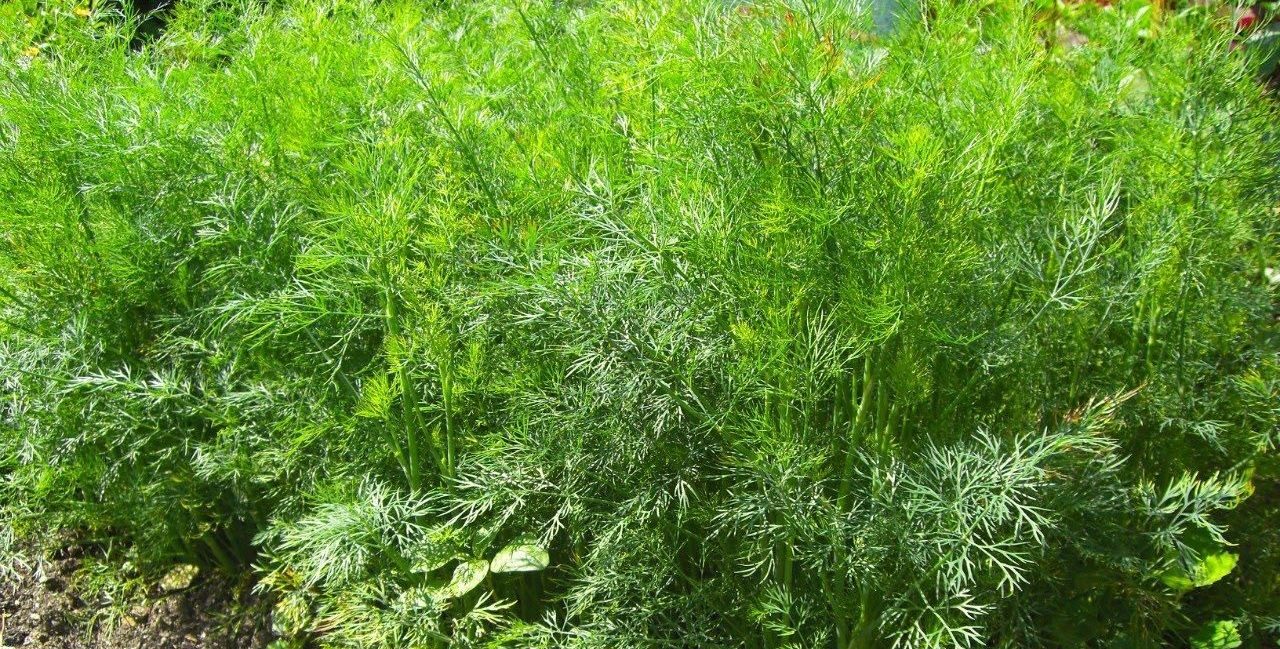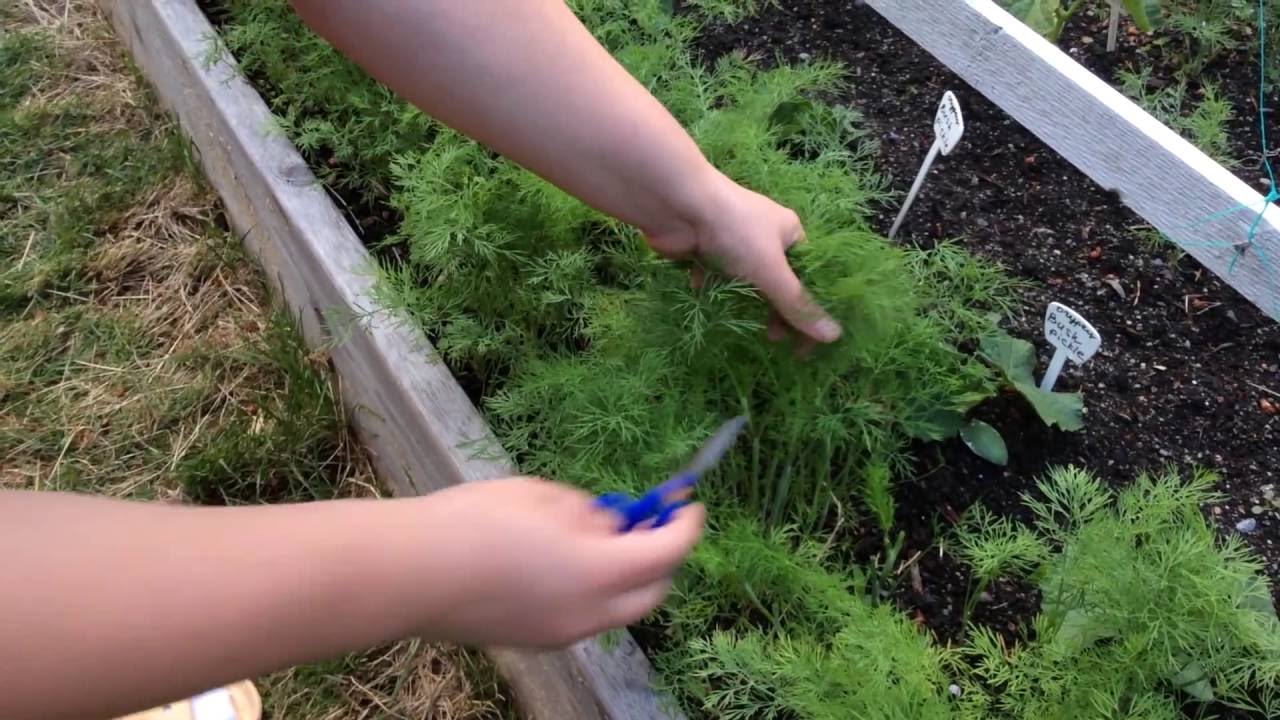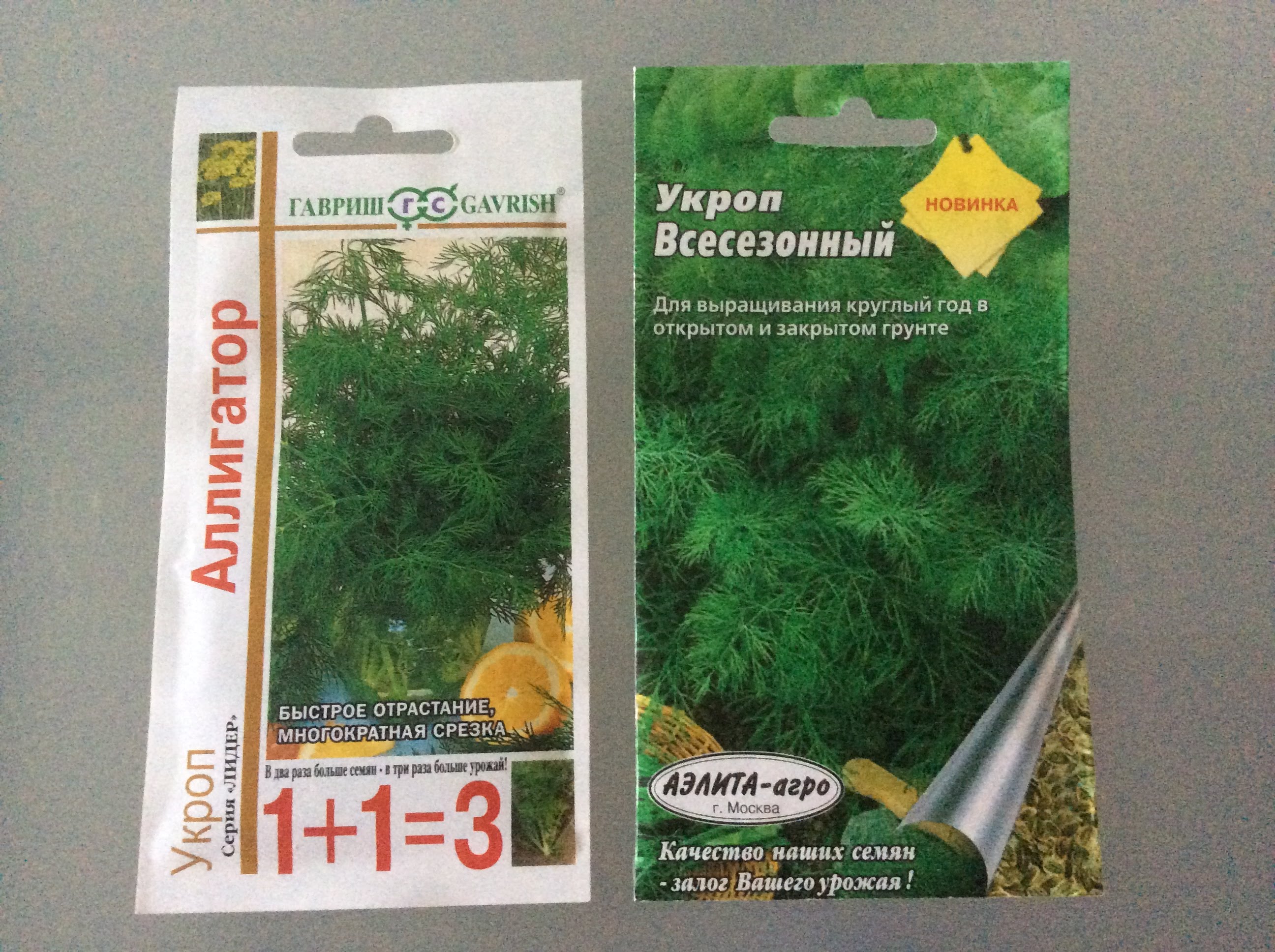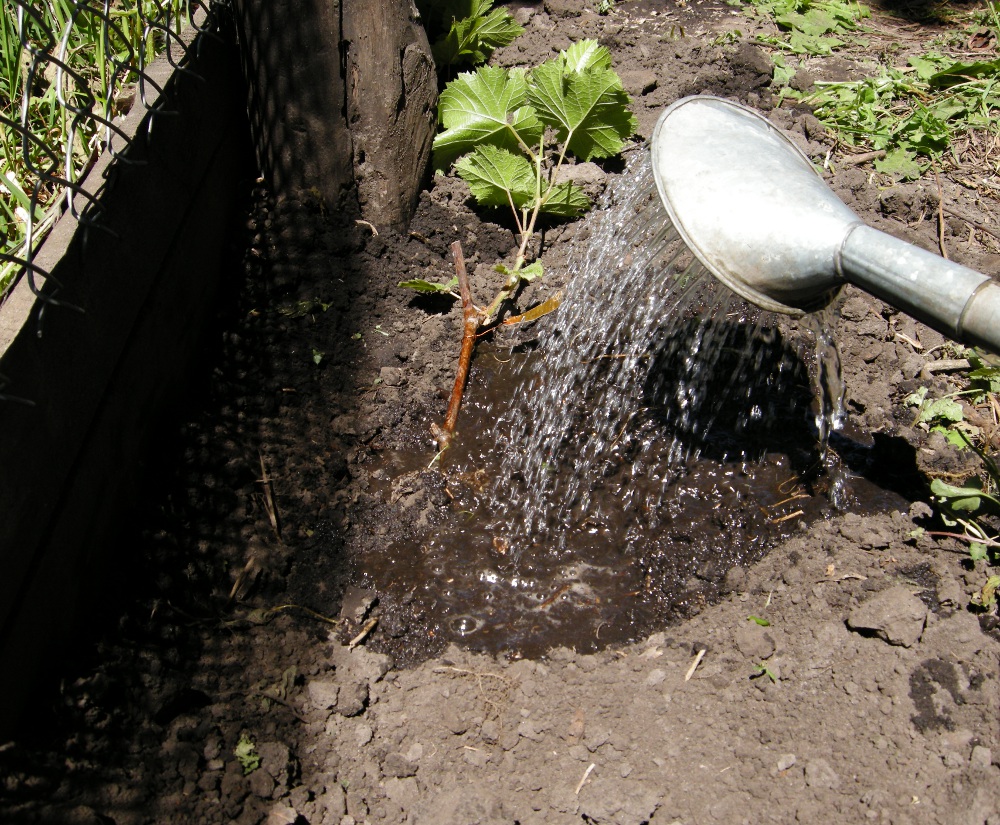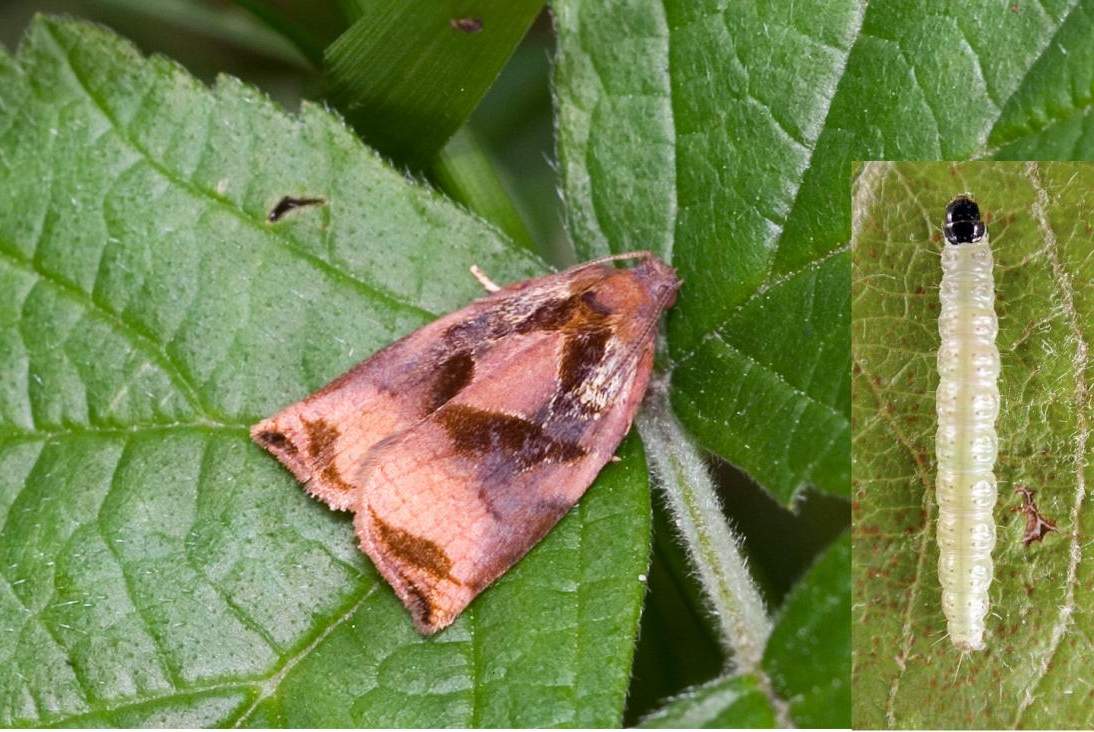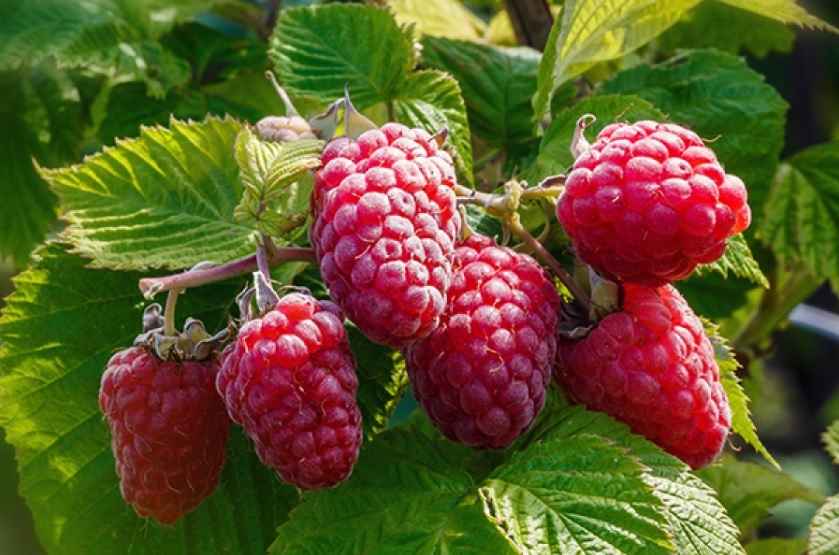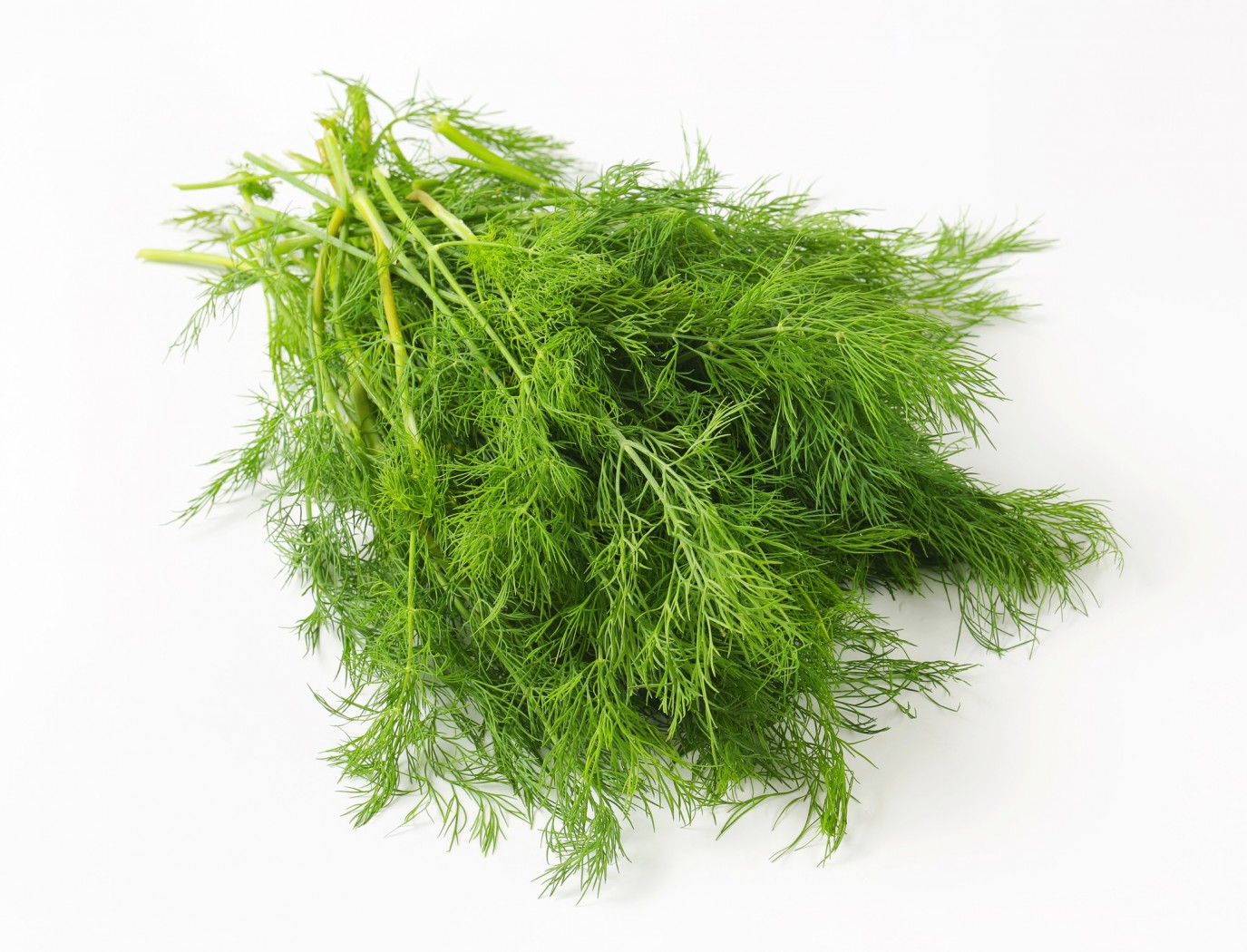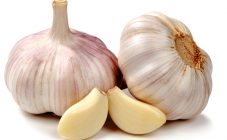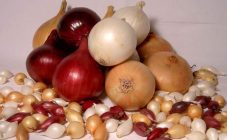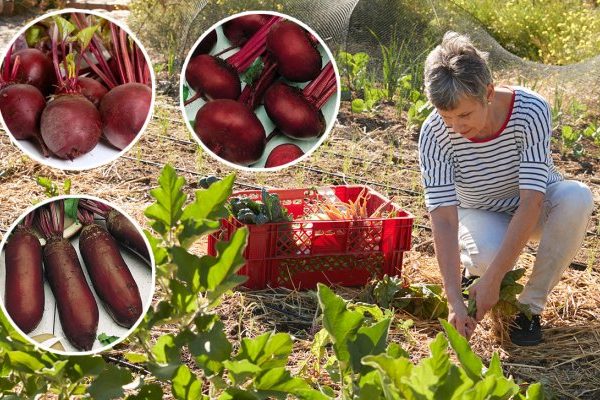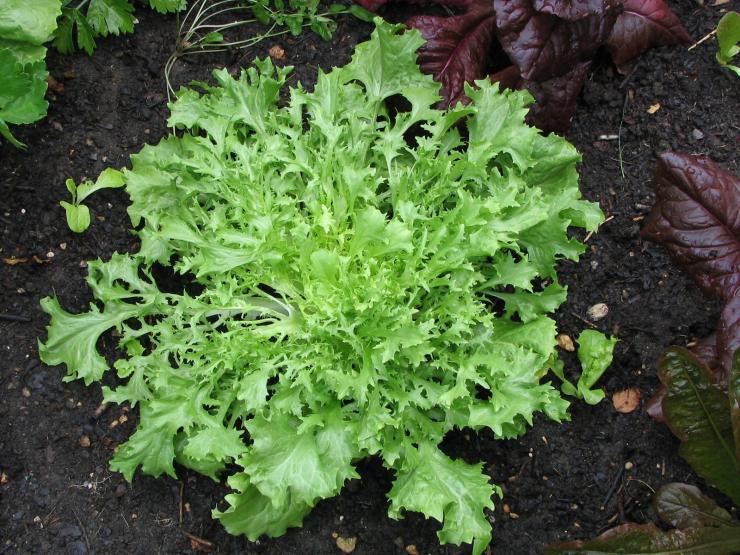Content:
Dill is an integral culture of every vegetable garden, which perfectly complements any dishes. But it is not so easy to grow aromatic greens in the open field on your own. Bush dill or ordinary dill are quite capricious crops that either do not germinate well, sometimes turn yellow or turn red, or they may not produce enough greens at all. In order to delight yourself with fresh leaves all season, it is important to know which dill is best to plant on greens.
The history of the appearance of the variety
Shrub dill is a very convenient crop that produces a lot of greenery from one plant. Such varieties of dill are used for greens and practically grow without umbrellas. For the first time, they started talking about bush dill in the 90s, when Kibray dill appeared. But this variety had its drawbacks. After a while, breeders improved the culture of bushy dill, such varieties as Buyan and Salut appeared. The main feature of these varieties was the long period of green formation before flowering, which allowed people to harvest fragrant greens for much longer.
But these varieties also had their disadvantages:
- Root system susceptibility to rot;
- Brittleness;
- Poor plant shape.
At the beginning of the 21st century, new varieties appeared that were devoid of the described disadvantages. The brightest and most popular representatives of this type are bush dill Lesnogorodsky, Hercules, Amazon and Alligator.
The most improved variety is Almaz dill, which is distinguished by the longest collection period.
Varieties of bush dill
Previously, only a few varieties of bush dill were known, but today breeders have presented a large assortment of plants that delight with tasty and healthy aromatic herbs.
Dill Aurora is a low-growing, spreading plant with wide, fragrant, dark green leaves. The variety is early ripe, you can collect greens 20-25 days after planting, multiple collection;
- Dill Buyan - refers to mid-season varieties, since the growth period is long, the plant grows a lot of greenery. Often used for conveyor production, the greens should be removed gradually, thinning the plants. When landing, the distances are kept slightly wider;
- Dill Bouquet - refers to early varieties, the period from the moment of planting to harvesting is 35-40 days. It features an upright rosette with wide large fragrant leaves. The bushes of this dill reach a height of 60-80 cm, favorably differ in that the stem is slowly formed, and inflorescences appear. This variety can be used as a perennial dill, if you do not collect seeds, they will be stored in the ground and sprout every spring, but already throughout the entire garden, as they will be carried by the wind;
- Dill Fireworks is a mid-season variety, when a bush is formed, 3-4 stems are formed from the place of tillering. From sowing to the moment of harvesting, on average, 35-45 days pass. The dark green leaves have a sweet, dill aroma and are medium in size;
- Dill Salute is a high-yielding late variety that has a rosette, about 40 cm high. Its characteristics are very similar to the variety of bush dill Buyan;
- Dill Sultan is an early variety that will delight you with an abundant amount of fragrant greens. From the moment of sowing to harvesting, approximately 40 to 45 days pass. Greens are harvested in large quantities, especially if sown in the spring. For those in the early stages of selling greens, this is a great option.
Description of culture
There are a lot of varieties of bush dill, but they all differ from the usual variety of dill in shape and height, as well as in that the inflorescence umbrella is formed very late. An adult plant can grow up to 1.5 meters, and when grown in a greenhouse reaches 2.5-3 m. The internodes, which are located at the bottom, are very close, and the sinuses located on the side give additional shoots, making the plant look like a shrub.
Dill of this species also differs from the umbellate (ordinary) variety by the length of the leaf, which can reach 45 cm, which provides a distant resemblance to fennel bushes. The formation of flower stalks, especially of late varieties, occurs closer to autumn, therefore, bush dill planted in open ground does not always have seeds ripe so that they can be used for planting. To get seeds in colder Russian regions for sowing, it is better to plant dill in a greenhouse. This applies to the north of the country, for example, Siberia. But in the Moscow region, bushy dill of early varieties has time to mature completely.
For full growth and development, a plant needs fertile soil, a lot of light and a temperature regime of about 20 degrees. Dill seeds tolerate frost well, so they can be sown for the winter. Dill loves sun or shade. In the latter case, the bushes will not be so spreading and dense.
Growing bush dill
You can grow dill in the open field, or you can use greenhouse conditions. In the latter case, the plants will be more massive and developed, and will also give more weight to the greenery.
Landing
Dill can be sown in several stages: both before winter and in early spring, even over a crust of ice. In early April, when the ice crust is still holding, planting is carried out with dry seeds. In the spring, sowing of dill begins approximately from April 30, in just a season 5-6 crops of culture can be carried out in order to have fresh fragrant greens on the table all the time.
Before planting, they undergo thorough site preparation. After digging, organic fertilizers are applied (for each square 5 liters of organic matter). Mineral fertilizers are also introduced into the soil: Solution, Kemira-Universal and others (per square, 1 tbsp. L.).
The acidity of the soil should be neutral. It is unacceptable to add dolomite flour, lime, ash to the soil where dill seeds will be sown. These formulations will slow down crop growth and redden the leaves.
Sow dill seeds across the garden bed. The row spacing should be at least 15-20 cm. First, furrows are made into which the dill is sown. The seeds are sprinkled with earth on top.
In addition to sowing seeds directly into the soil in a permanent place, you can grow seedlings on a windowsill, which will help you get greens much earlier.Dill is sown in early April in order to plant it in a permanent place in late April or early May. The principles of planting seedlings do not differ from carrying out a similar planting for other crops.
Care
Caring for bush dill is very simple. It consists of watering, weeding, removing grass, weeds and loosening the soil.
Watering is mandatory every week. Water consumption is approximately 5 liters per square meter. But it is very important that the soil is loose, since the root system, which is poorly developed, very quickly begins to rot with stagnant moisture.
It is not worth feeding the plant throughout the entire growth if a sufficient amount of organic and mineral fertilizer was applied to the soil during planting. It is possible to carry out top dressing several times during watering. To do this, add 1 tsp for every 10 liters of water. urea and 0.5 liters of Koryak.
To get a good harvest of foliage, it is important to regularly thin out. It is performed in several stages. During the first weeding, distances of 3-4 cm are left between the small bushes, the next time it is increased to 5-6 cm.The final thinning is done so that the distance is 10-12 cm.
Diseases and pests
Dill, in its essence, is an unpretentious plant. But with soil with stagnant moisture, the development of a disease such as fucarious rot can be observed. When damaged, the plant first changes color, and then simply dries up. When yellow leaves appear during growth, the plant is already affected by wet rot. Another sign of damage is a specific unpleasant odor of the roots, on which bacteria settle, the disease spreads not only to other bushes, but also to other crops. All affected bushes should be removed, and seeds for sowing should be used only from perfectly healthy plants.
Caraway moth can also affect bush dill. When caterpillars appear, all bushes of affected plants should be destroyed.
Advantages and disadvantages
The advantages of bush dill include the following points:
- Splendor and increased foliage;
- Stable high yield;
- Long harvesting period and long usability;
- Good taste and aroma of herbs.
The main disadvantages of most varieties of bush dill should be noted:
- Early maturing varieties lose their presentation faster, and their greens are lighter in weight;
- The root system is easily affected by diseases with stagnant moisture;
- Dill seeds contain a large amount of essential oils, which significantly reduces their germination.
For those owners who seek to get the maximum amount of tasty green dill, it is best to choose bush dill. If you follow all the rules of agricultural technology for this culture, then delicious fragrant greens can be on the table throughout the year.
